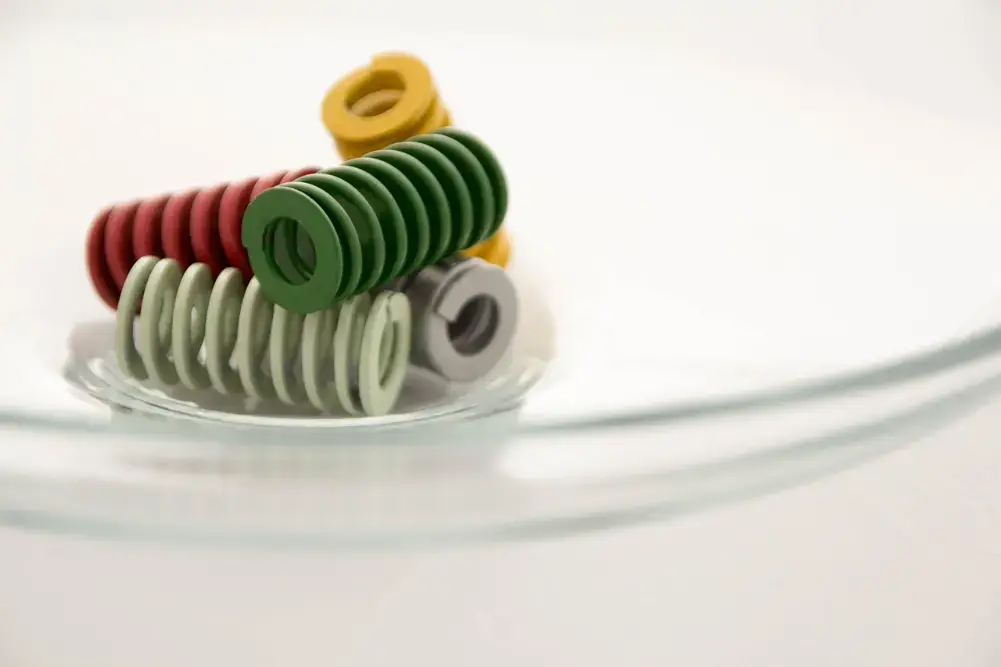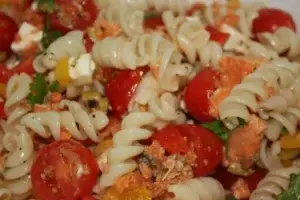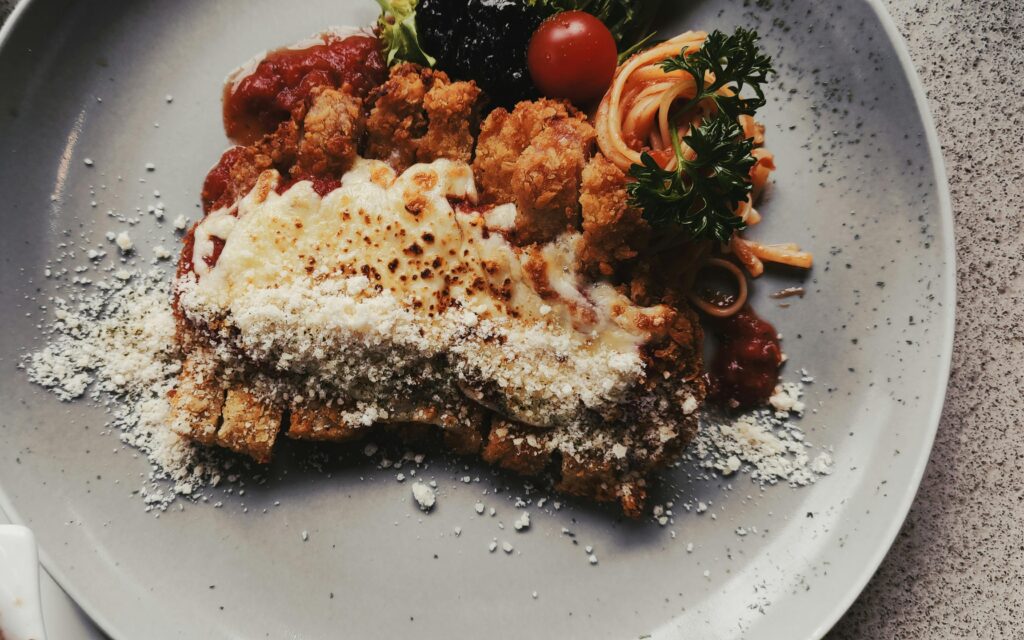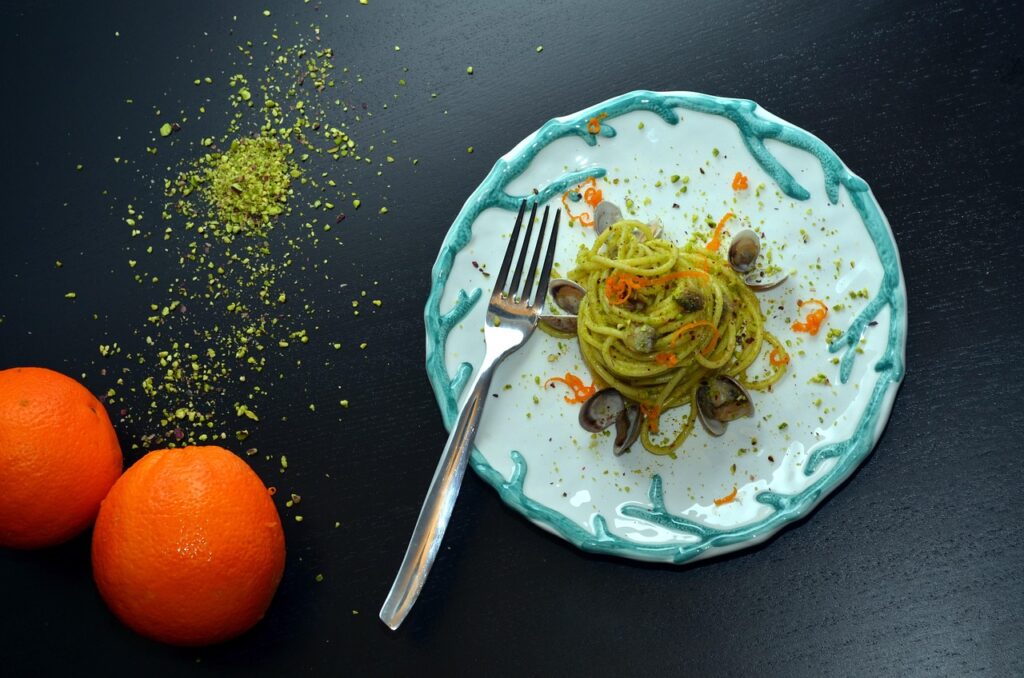Delicious Tortiglioni Pasta: 9 Proven Secrets to Master the Perfect Twisted Tube
Tortiglioni
Tortiglioni are short, spiraled tubes of pasta built to hold sauce. They are tactile, reliable, and quietly brilliant at making chunky ragùs sing.
What is Tortiglioni?
Tortiglioni are a short tube pasta defined by deep, spiral ridges that twist around the cylinder. The spiral gives the shape extra surface area and channels where sauce, bits of meat, and crumbs can lodge. That’s why it is a go-to when you want every forkful to carry texture and flavor.
Where it comes from
The name traces back to Latin roots, meaning to twist. The shape sits within the broader maccheroni family and appears in the product lines of many Italian and international makers. Traditional craft centers, especially around Campania and Gragnano, helped develop bronze-extruded methods that highlight texture. In a modern context, brands and culinary sites like Eataly and Barilla offer practical shape guides and pairing ideas.
How it is made: industrial vs artisanal
Two factors define quality: the extrusion die and the drying process. Bronze dies produce a rough, porous surface that captures sauce. Modern Teflon or polished dies create smoother tubes that are easier and cheaper to make, but they are less permeable. Slow drying at lower temperatures preserves aroma and structure; high-speed drying sacrifices nuance for volume.
Artisanal producers often call out “bronze drawn” or “slow dried” on labels. If texture matters to you, that labeling is a clear signal.
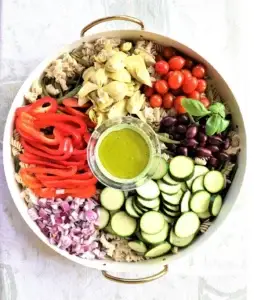
Why the ridges matter: texture and sauce holding
The spiral grooves do two things: they trap sauce and break the surface, allowing emulsified dressings to cling. Chunky ragùs, textured pestos, and cheese-forward sauces all benefit from the increased friction. Unlike smooth tubes, Tortiglioni lets tiny morsels nestle in the spiral, which makes the mouthfeel layered rather than flat.
Best sauces and dishes for Tortiglioni
Match Tortiglioni to sauces that need gripping power. Examples that work exceptionally well:
- Slow meat ragùs — beef, pork, or mixed ragùs that fill the grooves.
- Sausage and tomato — crumbled sausage, garlic, and crushed tomatoes tossed into the spiral.
- Chunky vegetable ragù — roasted eggplant, mushrooms, or winter squash.
- Pesto — chunkier pestos lodge in the grooves; silkier pestos coat the outside.
- Baked pasta dishes — Tortiglioni keeps its texture when baked into casseroles.
For reference and pairing inspiration, see manufacturer notes and guides from Barilla and artisanal producers like Afeltra.
Cooking it perfectly: step-by-step
Follow these steps for consistent results.
- Bring a large pot of water to a rolling boil. Use about 4–5 liters per 500 g of pasta.
- Salt the water generously. It should taste of the sea.
- Add Tortiglioni and stir right away to prevent sticking.
- Cook until about one minute before the package time for al dente. Different brands vary; taste as you go.
- Reserve at least one cup of pasta water, then drain the pasta.
- Finish the pasta in the sauce over medium heat, adding pasta water a little at a time to build a glossy emulsion and let the sauce settle into the spiral ridges.
- Turn off the heat, add grated cheese if desired, and toss before serving.

9 Practical tips to master it
Short, tested pointers that matter in the kitchen.
- Choose bronze-extruded pasta where possible. The rough surface traps sauce better.
- Salt aggressively — pasta water seasons from the inside out.
- Reserve the pasta water — the starch binds sauces and lends gloss.
- Finish in the sauce for at least 60–90 seconds to marry flavors and let the grooves fill.
- Under-cook slightly for baking so the oven doesn’t over-soften the tubes.
- Use textured ingredients (crumbled sausage, chunky veg) to exploit the spiral channels.
- Toast breadcrumbs and sprinkle on top for contrast in saucy dishes.
- Read labels for “100% durum wheat semolina,” “bronze drawn,” and “slow dried.”
- Don’t overcrowd the pan when finishing; the pasta needs room to toss and emulsify.
Substitutes and when to choose them
If it is unavailable, try these swaps depending on the dish:
- Rigatoni — parallel ridges, similar tube size. Great for ragùs.
- Elicoidali — spiraled shape closer to Tortiglioni; a solid visual and textural substitute.
- Paccheri or large penne — use when you want wider tubes for very chunky sauces.
Buying, reading labels, and storing
Store it dried in a cool, dry pantry. Unopened, it keeps for a year or more. When shopping, look for:
- 100% durum wheat semolina
- Bronze-drawn or bronze-extruded
- Slow-dried or low-temperature dried
- Origin notes (Gragnano is a helpful sign of traditional technique)
Economy brands work well for everyday cooking. Step up to artisanal bronze-cut shapes when texture will be the centerpiece of the dish.
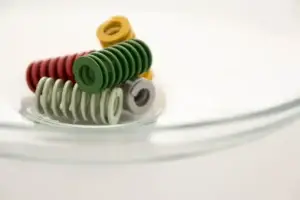
Recipes to try
Quick weeknight: With sausage and cherry tomatoes
Brown crumbled sausage, add garlic and cherry tomatoes, finish with a splash of water, and toss with Tortiglioni. Finish with parsley and grated Pecorino.
Weekend slow-cook: Tortiglioni alla Genovese (onion and beef ragù)
Slow-cook beef with a large quantity of onions until the meat breaks down and the onions become sweet and silky. Toss generously with a Tortilla so the cheese lives in the spiral grooves. This long, patient sauce rewards time and low heat.
Baked: Tortiglioni al forno with spinach and ricotta
Under-cook Tortiglioni by one minute, mix with ricotta, blanched spinach, and marinara. Top with mozzarella and bake until bubbling and golden.
FAQ
How long it take to cook?
Most dried Tortiglioni take around 11–13 minutes. Check your package and taste for al dente. Bronze-cut varieties can bring a touch longer.
Is it the same as rigatoni?
They are close relatives. Rigatoni usually has straight ridges running lengthwise. Tort. Lioni’s grooves spiral. The spiral creates a slightly different mouthfeel and sauce-holding behavior.
Can I use it cold in a pasta salad?
Yes. Tortiglioni holds dressing and chunky bits well. Use a little less dressing so the spiral channels don’t become soggy.
Why choose bronze-extruded Tortiglioni?
Bronze extrusion roughens the surface, which helps sauce cling. It’s worth choosing bronze-drawn pasta for dishes where texture is central.
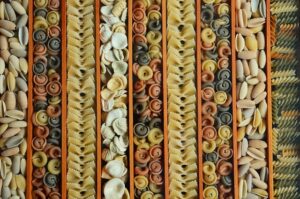
Call to action
Try it this week. Buy one bronze-extruded box, follow the finish-in-pan method, and treat the reserved pasta water like liquid gold. Want a printable, step-by-step Tortiglioni alla Genovese recipe (shopping list, timings, and photos)? Tell us and we’ll prepare it for you.
References and further reading
- Wikipedia: Tortiglioni
- Barilla: Shape guide
- Eataly: Product and pairing notes
- Afeltra: Artisanal pasta
- Serious Eats: Technique and ragù guides
- DeLallo: Pasta notes and recipes
Related Videos
- https://www.youtube.com/watch?v=pIr2DdxbZWI
- https://www.youtube.com/shorts/DGTYIUn5xYI
- https://www.youtube.com/watch?v=uC-JMFj5r8c
Internal Links
- https://pastaloverz.com/rigatoni-pasta/
- https://pastaloverz.com/ravioli-pasta-guide/
- https://pastaloverz.com/https-pastaloverz-com-pasta-cannelloni-guide/
